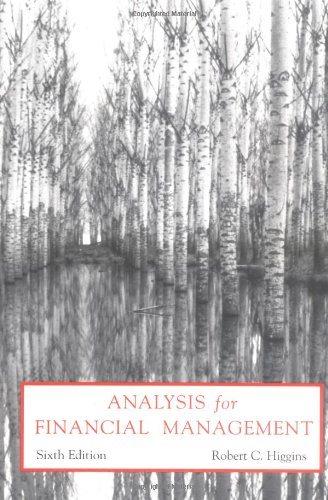This is a more difficult but informative problem. James Brodrick & Sons, Inc., is growing rapidly and,
Question:
This is a more difficult but informative problem. James Brodrick & Sons, Inc., is growing rapidly and, if at all possible, would like to finance its growth without selling new equity. Selected information from the company's five-year financial forecast follows.
a. According to this forecast, what dividends will the company be able to distribute annually without raising new equity? What will the annual dividend payout ratio be?
b. Assume the company wants a stable payout ratio over time and plans to use its marketable securities portfolio as a buffer to absorb year-to-year variations in earnings and investments. Set the annual payout ratio equal to the five-year sum of total dividends paid in question a divided by total earnings. Then solve for the size of the company's marketable securities portfolio each year.
c. Suppose earnings fall below forecast every year. What options does the company have for continuing to fund its investments?
d. What does the pecking-order theory say about how management will rank these options?
e. Why might management be inclined to follow this pecking order?AppendixLO1
Step by Step Answer:







